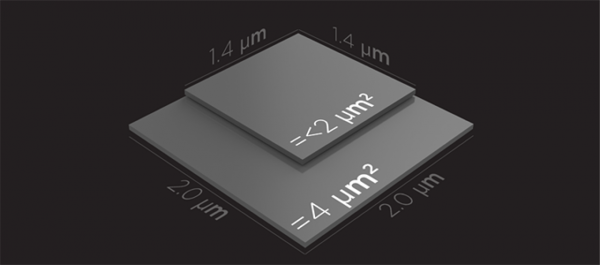
We can often see certain types of sensors on certain mobile phones' PPT at certain mobile phone manufacturers' conferences. How many μm (micrometers) is the unit pixel width? Then what is this μm? What does it represent? What role?

In the PPT of various mobile phone manufacturers, if the released mobile phone camera has a large area per unit of pixels, it will surely be dragged out. Dasheng said that regardless of the flagship products of Apple, Google, or domestic mobile phone manufacturers, almost all of them will follow suit. You blow the size of the unit pixels of the sensor on their mobile phones. Why do manufacturers pay so much effort to advertise this unit pixel area? We can simply understand that in the case of the same lens pixel size, the larger the unit pixel area, the larger the area of ​​the photosensitive element of the lens, and the greater the electromagnetic interference between the photosensitive area point and the point will be reduced Small, the quality of imaging will be improved accordingly. The summary is a classic sentence in the photographic circle: the end of the first stage pressure people. Similarly, in the case of the same size of the photosensitive area, the smaller the pixel, the larger the area of ​​the unit pixel.
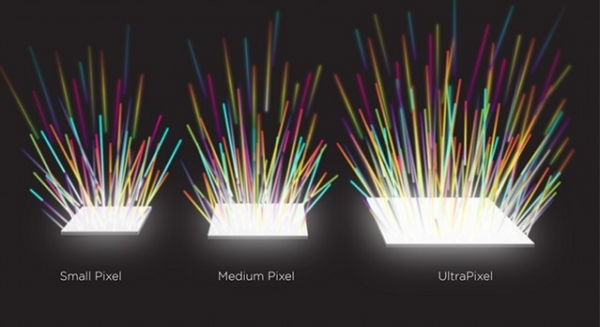
Isn't it somewhat reminiscent of The New HTC One (M8) next door? The M8's Ultrapixel concept also uses a very large area of ​​light to match the ultra-small pixels to increase the area per unit of pixels. Eventually, this camera has reached an amazing level of 2μm per unit of pixel area. Of course, the pixels sacrificed are sample pixels. The maximum number of pixels captured was only 4.3 million pixels, which is a very bold challenge for the 2013 trend of smart phones. In fact, this concept is quite good. Xiao Bian was very optimistic about this technology at that time. However, due to factors such as lens coating and optimization of the last HTC, the proofs of the shots are prone to problems of violet light, lens flare, and overall reddishness. In addition, when Android phones collectively jumped to 13 million pixels or even more pixels at that time, more people liked to increase the number of hairs for comparison. Therefore, 4.3 million pixels are far from the market's needs, and HTC's Ultrapixel is eventually marketed. Eliminated.
So how is this μm calculated? The effect of this value is exactly the side length of the sensor and the maximum pixel of the sample. Dividing the two values ​​gives a rough approximation of μm. For example, we know the size of a photosensitive element. This size is actually the diagonal of the sensor area, and we know the ratio of the length of the photosensitive element. According to the Pythagorean theorem, we know: The length of the diagonal square = the square of the length + the square of the width, and then we can calculate the value of the length and width according to the proportion. We can use the value of the sensor length divided by the length of the pixel to get the value of this unit pixel area.
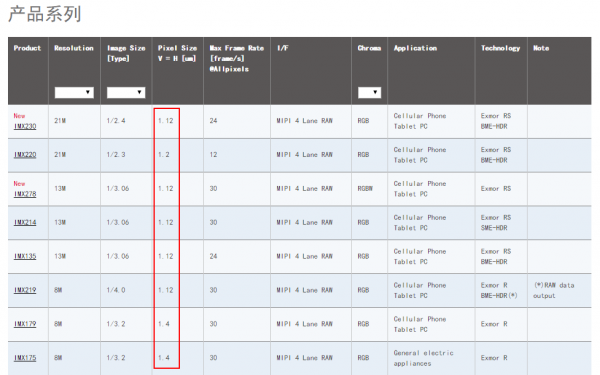
There is also a simpler way to look up data from multi-point related sensors, which can generally be found.
Does this mean that the area of ​​the sensor's unit pixel is small, and the effect of shooting will be very poor? No, no, we still speak with proofs.
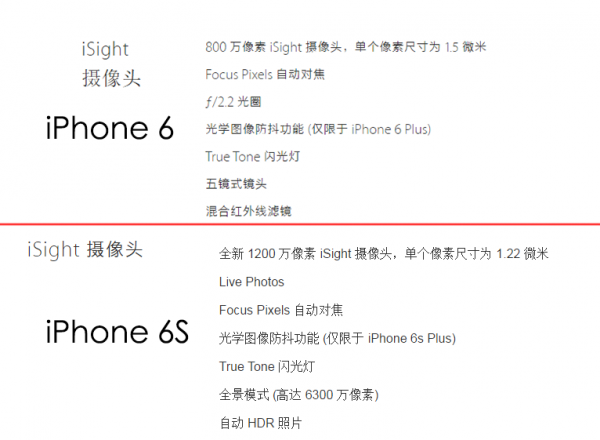
Knowing that you like to compare, this time you chose the iPhone 6S and iPhone 6 which finally managed to upgrade from 8MP to 12MP. This is because the iPhone 6S doesn't increase the sensor area but only increases the lens pixels. We can understand that the iPhone 6S's unit pixel area will definitely be smaller than the unit pixel area on the iPhone 6's. In fact, the official document also states that the iPhone 6 has a unit area of ​​1.5 μm, while the new iPhone 6S has a unit area of ​​1.22 μm.

Left for iPhone 6, right for iPhone 6S. Yes, 8 million pixels is so small. Click on the magnifying glass to view it.
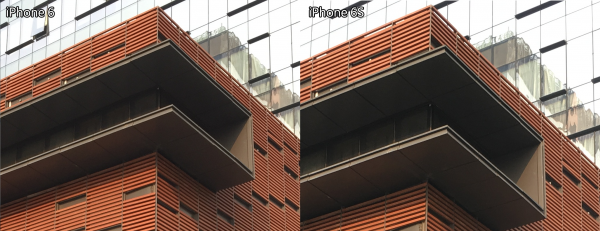
(This picture shows the 100% screenshot above)
Through the comparison of the daytime proofs, we can see that the high pixels have indeed improved better in terms of resolving power, and the iPhone 6S has not lost much to the iPhone 6 in terms of image quality and dynamic range.

(Also the iPhone 6 is on the left and the iPhone 6S is on the right.)
How much influence does imaging have in dark environments? Xiao Bian's shooting of a still life at night with an ambient light absolutely controllable, at first glance, the imaging of the two is not much different.

However, all the truth is presented after 100% magnification. Comparing the two, the iPhone 6S has a smaller area per pixel than the iPhone 6, but the iPhone 6S performs better with noise suppression. However, the texture and color performance of the object is indeed a little better for iPhone 6.
But in this way, even if the area of ​​the unit pixel is reduced, it can still get a good performance by properly optimizing the adjustment. However, of course, there can be a larger unit pixel area, I believe it will be easier to get a better proofs performance, but the larger unit pixel area means a larger and thicker photosensitive element, in today's pursuit of thin and light portable In the trend of smart phones, it is also adventurous to sacrifice the thickness of the mobile phone for better imaging. For example, Nokia's 808 and Lumia 1020, although they have a good reputation in imaging, can still be a good name. , is not recognized by the market. For cell phone photography enthusiasts, of course, the most desirable is to ensure a sufficiently large lens resolution, but at the same time the unit cell area is also guaranteed, the body thickness is not too outrageous phone appears.
![<?echo $_SERVER['SERVER_NAME'];?>](/template/twentyseventeen/skin/images/header.jpg)